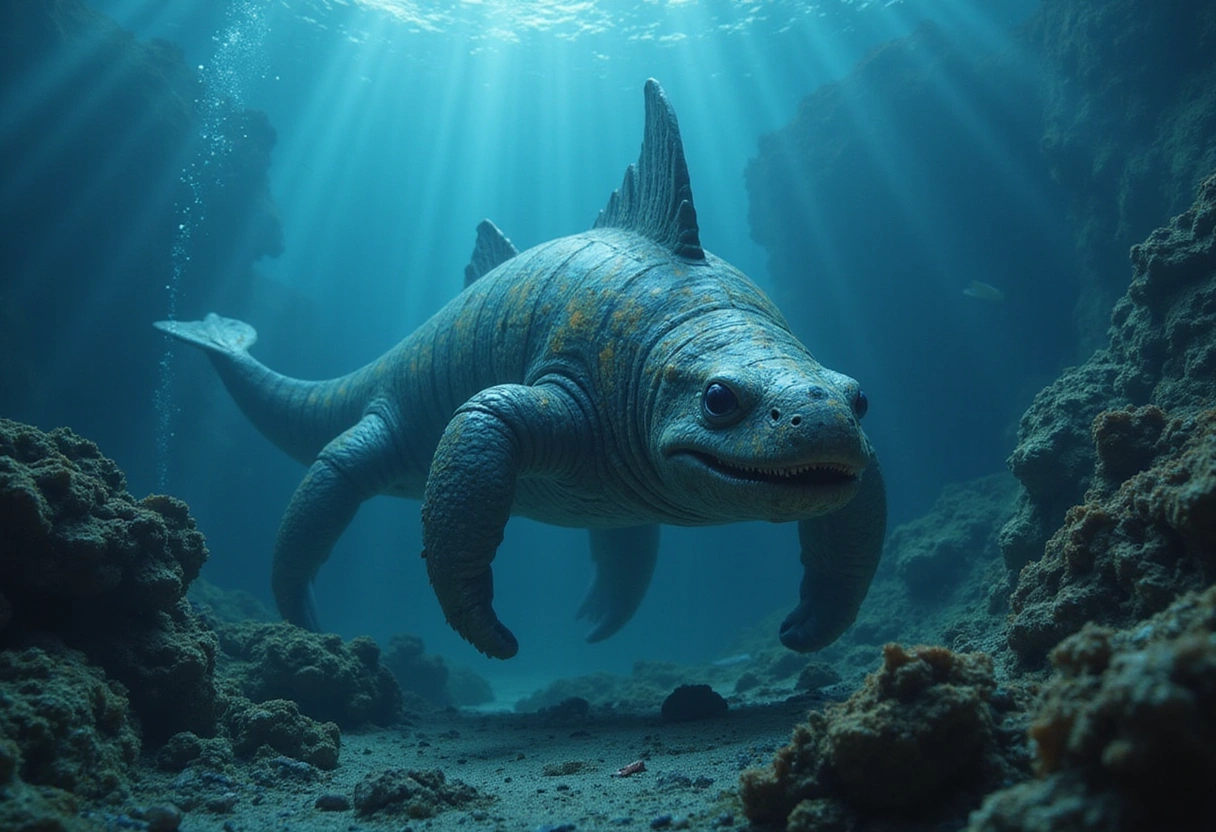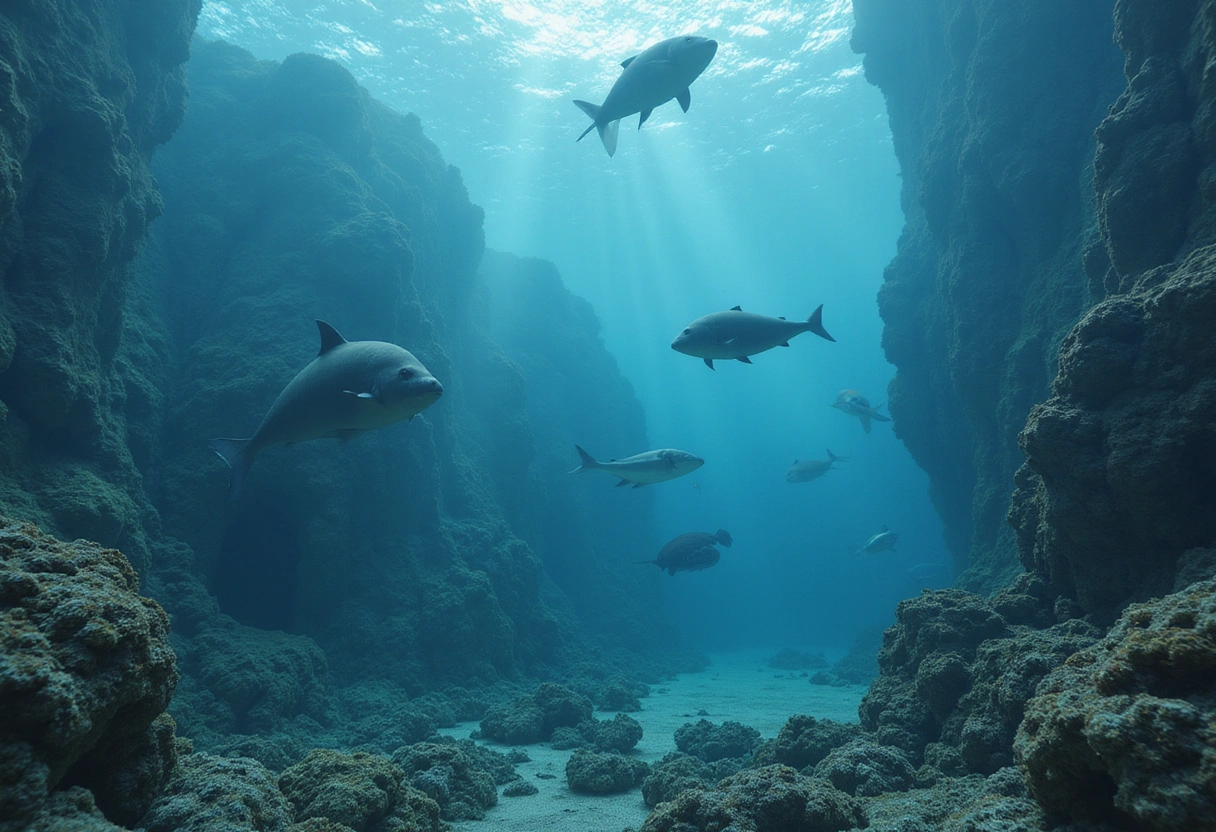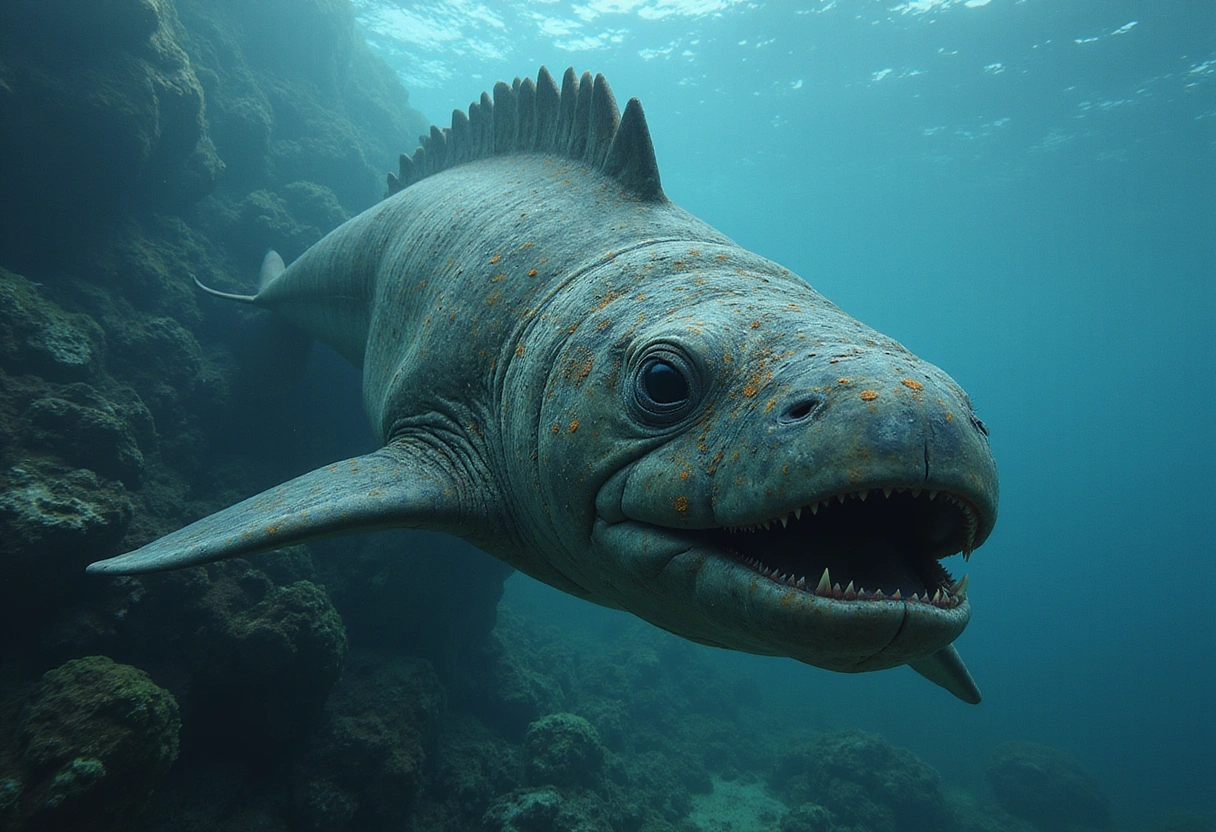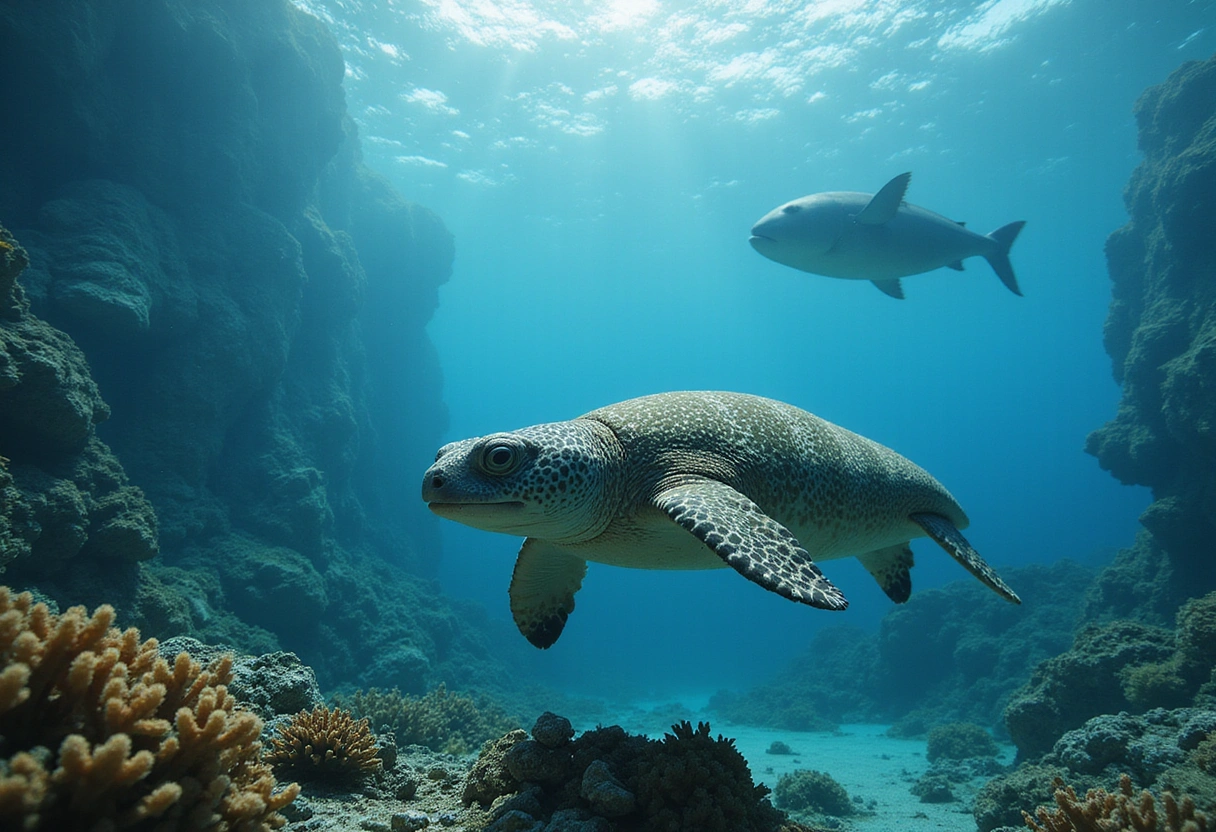
The vast expanse of our oceans is home to some of the most enigmatic and extraordinary sea creatures. From bioluminescent organisms to colossal squids, the deep sea presents a world that is both captivating and largely unexplored. As we delve into the mysteries of these sea creatures, we uncover not only their unique adaptations but also the incredible ecosystems that sustain them. In this article, we will explore the most mysterious sea creatures, their adaptations, and how marine biology helps us understand these fascinating organisms.

The ocean covers over seventy percent of the Earth's surface, with its depths reaching more than thirty-six thousand feet in the Mariana Trench. This immense underwater world is characterized by extreme conditions, including high pressure, low temperatures, and complete darkness. Despite these challenges, various sea creatures have adapted to thrive in such an environment.
Marine biology is the scientific study of organisms in the ocean and other saltwater environments. This field encompasses various aspects, including the behavior, physiology, and ecology of marine life. By studying these creatures, marine biologists can gain insights into their adaptations and the intricate relationships within marine ecosystems.

The ocean is teeming with life, but some sea creatures stand out due to their unique characteristics and behaviors. Here are some of the most mysterious sea creatures that continue to intrigue scientists and nature enthusiasts alike:
Anglerfish
Anglerfish are perhaps best known for their bioluminescent lure, which they use to attract prey in the dark depths of the ocean. These fish can be found at depths of up to two thousand feet. Their adaptations include a large mouth filled with sharp teeth, allowing them to consume prey larger than themselves. The male anglerfish are significantly smaller than females and often fuse to the female's body, becoming a permanent sperm source.
Gulper Eel
The gulper eel is an extraordinary creature with a jaw capable of stretching to swallow prey whole. This deep-sea eel can reach lengths of nearly six feet. Its large, expandable stomach allows it to consume prey that is much larger than its body. Gulper eels are rarely seen by humans, making them a true mystery of the deep.
Vampire Squid
The vampire squid is not a true squid but rather a unique cephalopod that possesses both squid and octopus features. Its name comes from its dark coloration and cloak-like webbing between its arms. This creature thrives in oxygen-poor environments where most other animals cannot survive. It feeds on detritus, using its specialized feeding apparatus to capture organic material from the water.
Blobfish
Often cited as one of the ugliest creatures in the ocean, the blobfish has gained notoriety for its unusual appearance. Found at depths of approximately three thousand feet, this gelatinous fish appears differently at the surface due to pressure changes. Blobfish are primarily found off the coasts of Australia and New Zealand, where they inhabit deep waters.
Deep-Sea Jellyfish
Jellyfish are not exclusively deep-sea dwellers, but many fascinating species reside in the ocean's depths. The deep-sea jellyfish, such as the "atolla jelly," are known for their stunning bioluminescence and unique shapes. These creatures can be found at extreme depths and have adapted to survive in complete darkness.

The adaptations of sea creatures are a testament to their resilience and the evolutionary processes that have shaped them over millions of years. These adaptations can be categorized into several key areas:
Physiological adaptations are changes in the body systems of sea creatures that enable them to survive in their specific environments. Some notable examples include:
Behavioral adaptations refer to the actions and habits that sea creatures develop to enhance their survival. Examples include:
Evolutionary adaptations are the result of long-term changes within a species that enhance its ability to survive and reproduce in a specific environment. This can include:
While the ocean is a source of wonder, many misconceptions surround its inhabitants. Here are some common myths and the realities that debunk them:
Many people believe that all sea creatures pose a threat to humans. While some species, such as sharks and jellyfish, can be dangerous, the majority of sea creatures are harmless and play essential roles in their ecosystems. Education and awareness can help mitigate fear and promote conservation efforts.
The notion that deep-sea creatures are unattractive is a common misconception. While some species, like the blobfish, have unique appearances, many deep-sea organisms exhibit stunning bioluminescence and intricate shapes. The beauty of these creatures is often hidden beneath the ocean's depths, waiting to be discovered.
While the ocean is vast, not all areas are teeming with life. Many regions, especially the deep sea, are sparsely populated due to extreme conditions. Conservation efforts are vital to protect vulnerable habitats and ensure the survival of diverse marine species.
As we explore the mysterious sea creatures of the deep, it becomes increasingly clear that conservation efforts are vital for protecting these unique ecosystems. Human activities such as overfishing, pollution, and climate change pose significant threats to marine life. Here are some essential steps to promote conservation:
For those fascinated by the mysteries of the ocean, engaging with marine biology can provide invaluable insights. Here are some ways to further explore this captivating field:
Exploring the depths of the ocean and its myriad sea creatures opens up a world of wonder and curiosity. Through understanding marine biology, we can appreciate the adaptations that allow these organisms to thrive in their unique environments. At Banana Slug Club, we are dedicated to fostering a love for nature and science among students and nature enthusiasts.
Our resources encourage exploration and learning about the incredible diversity of life on Earth. Whether you are a student eager to learn more about marine ecosystems or a nature enthusiast captivated by the mysteries of the deep, we invite you to visit our website for more information on engaging educational resources. Together, we can inspire the next generation to appreciate and protect our planet's precious marine life.
Get free resources, early access to new features and updates.
No spam. Just fun educational emails!